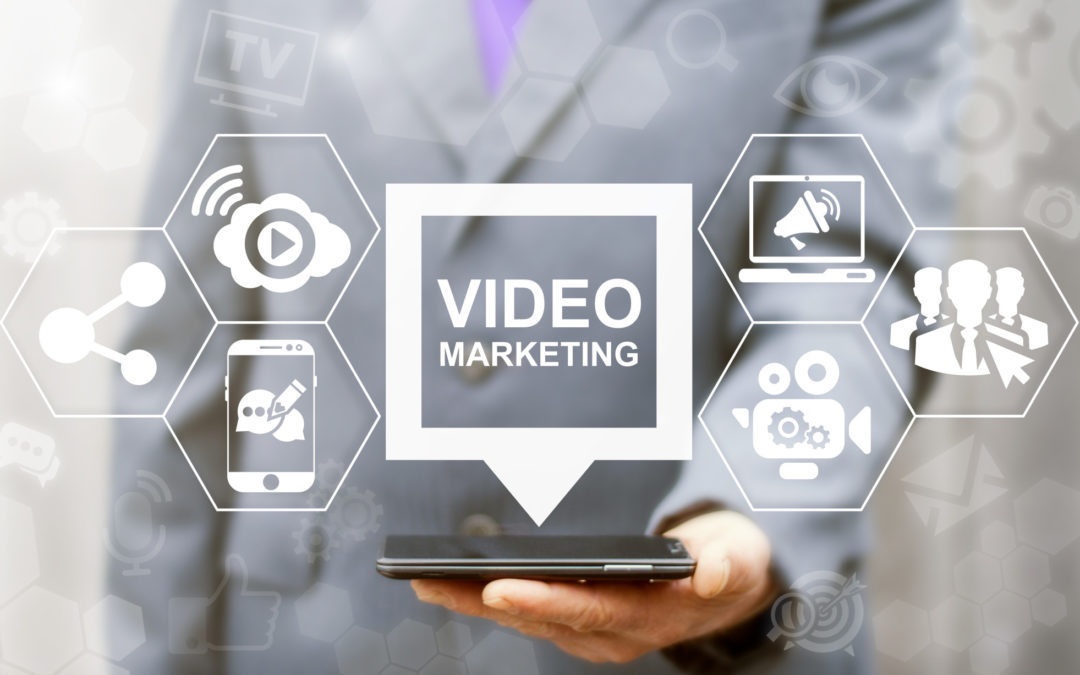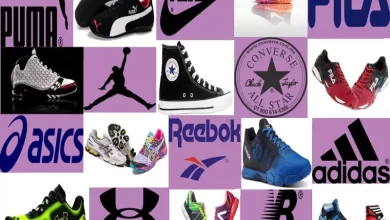
The Power of Video Marketing in Business: Boosting Sales through Visual Engagement
In the ever-evolving landscape of digital marketing, businesses are constantly seeking innovative ways to capture the attention of their target audience and drive sales. Among the myriad strategies, one stands out as a powerful and versatile tool for video marketing. As the digital realm becomes increasingly saturated with content, the ability of video marketing to engage, inform, and convert has become a key driver of success for businesses across industries.
The Rise of Video Marketing
Video marketing has experienced a meteoric rise in recent years, and the numbers speak for themselves. According to a Cisco report, by 2022, online videos will make up more than 82% of all consumer internet traffic. This staggering statistic underscores the significance of incorporating video into a business’s marketing arsenal.
The appeal of video lies in its ability to convey complex messages in a concise and visually appealing manner. In a fast-paced world where attention spans are shrinking, videos provide a way to deliver information efficiently. Whether it’s a product demonstration, customer testimonial, or an animated explainer, videos capture attention and communicate messages more effectively than text alone.
Visual Engagement: A Catalyst for Sales
One of the primary reasons video marketing is gaining traction is its unparalleled ability to engage viewers on a visceral level. The combination of visuals, sound, and storytelling creates a compelling narrative that resonates with audiences. In the context of sales, this engagement is a catalyst for conversion.
Consider the impact of a well-crafted product video. Instead of reading paragraphs of text describing features and benefits, potential customers can see the product in action. They can visualize themselves using it, understand its value, and make informed decisions. This immersive experience not only facilitates the decision-making process but also establishes a stronger emotional connection between the brand and the consumer.
Building Trust and Credibility
In the digital marketplace, where face-to-face interactions are limited, building trust is paramount. Video marketing provides a powerful tool for humanizing a brand and establishing credibility. Through video content, businesses can showcase their personality, values, and the people behind the products or services.
Testimonial videos, in particular, play a crucial role in building trust. When potential customers see real people sharing positive experiences with a product or service, it creates a sense of authenticity. This authenticity, in turn, fosters trust, a key element in the decision-making process. Prospective customers are more likely to trust the opinions of their peers than generic marketing messages, making testimonial videos a potent tool for influencing purchasing decisions.
Expanding Reach and Accessibility
The reach of video content is virtually limitless. With platforms like YouTube, Facebook, Instagram, and TikTok, businesses can tap into global audiences and extend their reach far beyond geographical boundaries. Social media algorithms also favor video content, giving it more visibility in users’ feeds.
Moreover, the accessibility of video content contributes to its effectiveness. In an era where mobile devices are ubiquitous, consumers can access videos anytime, anywhere. This convenience enhances the likelihood of users engaging with video content, making it an ideal medium for businesses looking to connect with their target audience on a global scale.
SEO Benefits and Increased Conversions
Beyond its direct impact on consumers, video marketing also plays a crucial role in improving a business’s search engine visibility. Search engines, particularly Google, prioritize video content in search results. Websites with embedded videos are more likely to rank higher, attracting organic traffic and increasing visibility.
Additionally, the presence of videos on landing pages can significantly boost conversion rates. According to a report by Wyzowl, businesses that use video on their landing pages experience an 80% increase in conversions. This increase can be attributed to the engaging nature of videos, which keeps visitors on the page longer, increases dwell time, and encourages them to take desired actions, such as making a purchase.
The Future of Video Marketing: Interactive and Personalized Experiences
As technology continues to advance, the future of video marketing holds even more promise. Interactive videos, where viewers can engage with the content by making choices or interacting with elements on the screen, are gaining popularity. This level of engagement takes the viewer from a passive observer to an active participant, creating a more immersive experience.
Personalization is another key trend shaping the future of video marketing. With data-driven insights, businesses can tailor video content to specific audience segments, delivering more relevant and personalized messages. Personalized videos resonate more strongly with viewers, increasing the likelihood of conversion.
Conclusion
In the dynamic landscape of digital marketing, video has emerged as a formidable force. Its ability to engage, inform, and convert makes it an indispensable tool for businesses seeking to boost sales and stay ahead of the competition. From building trust and credibility to expanding reach and enhancing SEO, the power of video marketing is evident at every stage of the customer journey.
As businesses continue to adapt to evolving consumer preferences, integrating video into marketing strategies is no longer optional it’s a necessity. The dynamic nature of video content, coupled with its ability to convey messages in a captivating way, positions it as a cornerstone of modern marketing. Embracing the power of video marketing is not just about staying relevant; it’s about harnessing a potent tool to connect with audiences, drive sales, and propel business success in the digital age.



